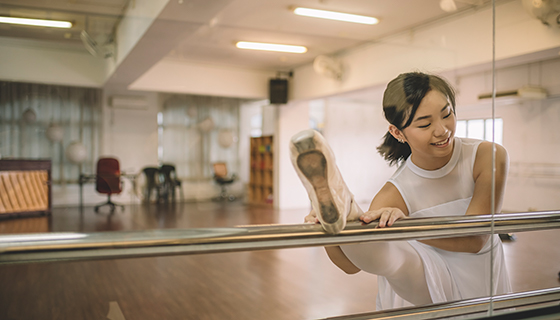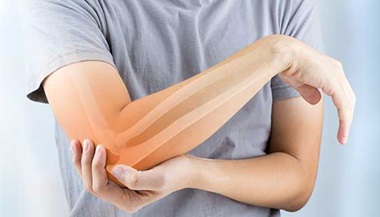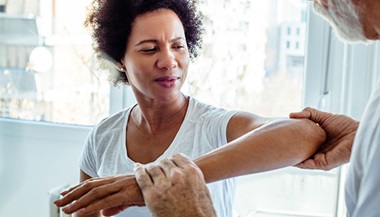Musculoskeletal Rehabilitation
What is musculoskeletal rehabilitation?
A musculoskeletal rehabilitation (rehab) program is a doctor-supervised program designed for people with impairments or disabilities due to disease, disorders, or injury to the muscles, tendons, ligaments, or bones. Musculoskeletal rehab programs can often improve the person's ability to function, reduce symptoms, and improve the person's well-being.
What conditions can benefit from musculoskeletal rehab?
Some of the conditions that may benefit from musculoskeletal rehab may include the following:
-
Amputation
-
Tendon tears, such as Achilles tendon injuries and tears of the rotator cuff in the shoulder
-
Trauma injuries, such as sprains, strains, joint dislocations, and fractures
-
Back pain
-
Osteoporosis
-
Arthritis
-
Bone tumors
-
Repetitive stress injuries, such as tendonitis and carpal tunnel syndrome
-
Joint injury and replacement
The musculoskeletal rehab team
Musculoskeletal rehab programs can be done on an inpatient or outpatient basis. Many skilled professionals are part of the rehab team, including the following:
-
Orthopedist/orthopedic surgeon
-
Neurologist/neurosurgeon
-
Physiatrist
-
Internist
-
Other specialty doctors
-
Rehabilitation specialists
-
Registered dietitian
-
Physical therapist
-
Occupational therapist
-
Social worker
-
Exercise physiologist
-
Psychologist/psychiatrist
-
Recreational therapist
-
Case manager
-
Chaplain
-
Vocational counselor
The musculoskeletal rehab program
A musculoskeletal rehab program is designed to meet the needs of the individual person, depending on the specific problem or disease. Active involvement of the patient and family is vital to the success of the program.
The goal of rehab is to help the persib return to the highest level of function and independence possible, while improving the overall quality of life — physically, emotionally, and socially.
To help reach these goals, programs may include the following:
-
Fitting and care for casts, braces, and splints (orthoses), or artificial limbs (prostheses)
-
Exercise programs to improve range of motion, increase muscle strength, improve flexibility and mobility, and increase endurance
-
Gait (walking) retraining and methods of safe ambulation (including the use of a walker, cane, or crutch)
-
Help with obtaining assistive devices that promote independence
-
Patient and family education and counseling
-
Pain management
-
Stress management and emotional support
-
Nutritional counseling
-
Ergonomic assessments and work-related injury prevention
-
Vocational counseling





